THE FOG (1980): The Art Of Spook-Show Craftsmanship
Of all the filmmakers who rose to prominence in the horror field during the '70s and '80s, the classicist of the bunch is John Carpenter. His work harkened back to the films of his idol, Howard Hawks. Hawks was a master of craftsmanship who didn't fret over personal themes or sticking to a single genre: instead, he focused on delivering the goods in a confident, intelligent and stylistically clean manner. Carpenter's best work lives up to that description - and The Fog shows him applying his knack for spare but artful craftsmanship to a horror subgenre that truly calls for it, the ghost story.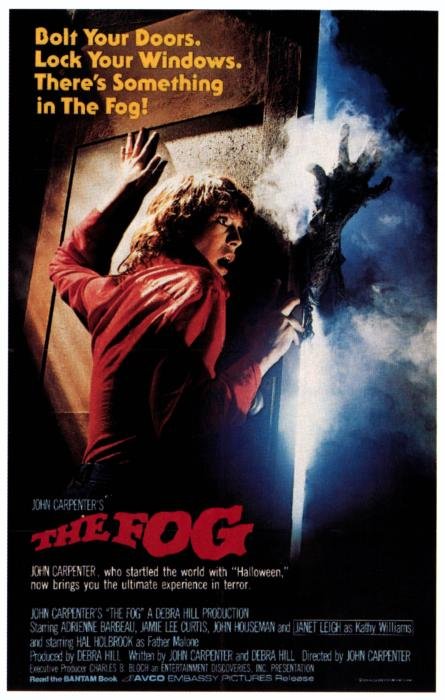 The Fog has a plot reminiscent of the kind of horror novels that followed in the wake of Stephen King's success, presenting a small town visited by an ancient evil and showing how an ensemble of characters deal with it. The setting is Antonio Bay, a seaside town preparing for its centennial. As midnight of that day strikes, a number of strange occurrences shake up the locals - and a group of men out on a boat die under mysterious circumstances after being swamped by a strange bank of fog.As the day rolls on and preparations are mounted for a centennial celebration, Father Malone (Hal Holbrook) discovers a terrible secret about the town's history from a diary hidden in the walls of his church. This sets the stage for an elaborate ghostly visitation when night falls, with the town swamped by a fog
The Fog has a plot reminiscent of the kind of horror novels that followed in the wake of Stephen King's success, presenting a small town visited by an ancient evil and showing how an ensemble of characters deal with it. The setting is Antonio Bay, a seaside town preparing for its centennial. As midnight of that day strikes, a number of strange occurrences shake up the locals - and a group of men out on a boat die under mysterious circumstances after being swamped by a strange bank of fog.As the day rolls on and preparations are mounted for a centennial celebration, Father Malone (Hal Holbrook) discovers a terrible secret about the town's history from a diary hidden in the walls of his church. This sets the stage for an elaborate ghostly visitation when night falls, with the town swamped by a fog 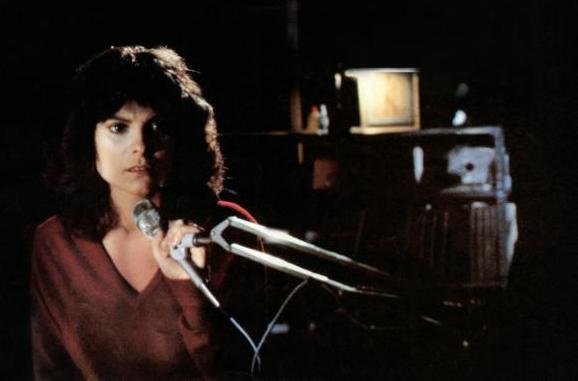 harboring malevolent, supernatural forces. It's up to local deejay Stevie Wayne (Adrienne Barbeau) to warn the townspeople as a gaggle of townies and locals - including genre faves like Tom Atkins, Jamie Lee Curtis and Janet Leigh - try to fight off this menace.Some horror fans and critics were underwhelmed by The Fog upon its original release, particularly since it was the follow-up to the more revolutionary Halloween, but time has been very kind to this understated little chiller. The script, penned by Carpenter with producer Debra Hill, is
harboring malevolent, supernatural forces. It's up to local deejay Stevie Wayne (Adrienne Barbeau) to warn the townspeople as a gaggle of townies and locals - including genre faves like Tom Atkins, Jamie Lee Curtis and Janet Leigh - try to fight off this menace.Some horror fans and critics were underwhelmed by The Fog upon its original release, particularly since it was the follow-up to the more revolutionary Halloween, but time has been very kind to this understated little chiller. The script, penned by Carpenter with producer Debra Hill, is 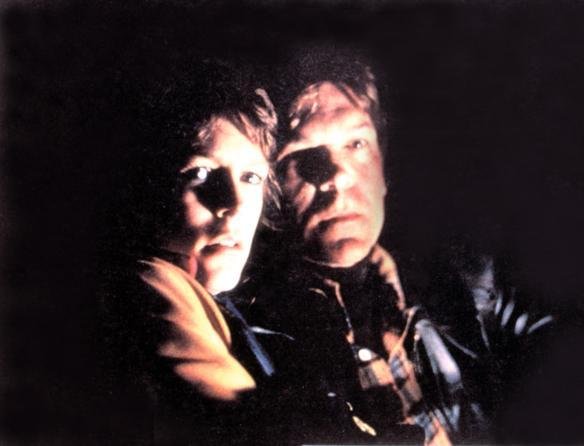 simple but has enough moving parts to it to allow Carpenter to apply his full range of directorial skills and create an effective, spooky moodpiece.The resulting film is as much about the joy of telling a spooky story as it is about the plot itself: tellingly, there are no less than three sequences where one character tells one or more others an eerie story. Carpenter's use of a strong female lead in Stevie Wayne evokes his hero Hawks, as
simple but has enough moving parts to it to allow Carpenter to apply his full range of directorial skills and create an effective, spooky moodpiece.The resulting film is as much about the joy of telling a spooky story as it is about the plot itself: tellingly, there are no less than three sequences where one character tells one or more others an eerie story. Carpenter's use of a strong female lead in Stevie Wayne evokes his hero Hawks, as 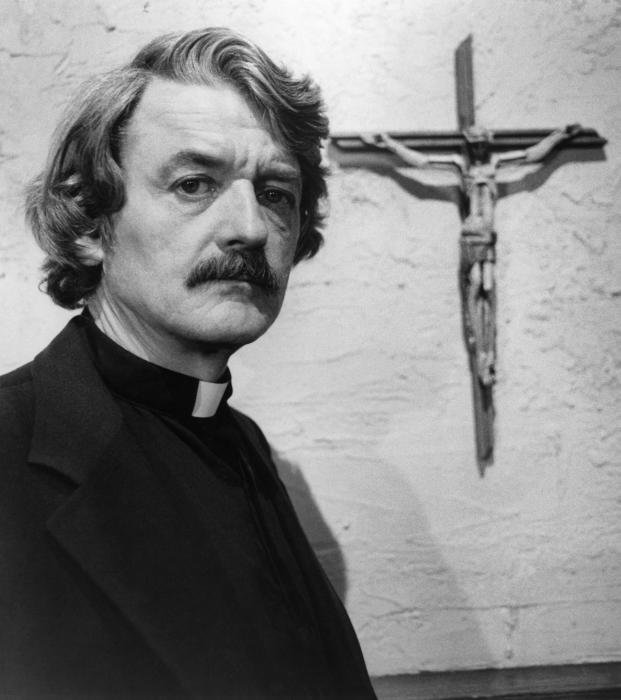 does a final speech she gives that pays tribute to a similar final speech in the original version of The Thing (which Carpenter would famously remake a few years later).Cinematographer Dean Cundey is a crucial creative partner here, using 'scope framing and a mixture of noirish shadows and splashes of primary-color lighting to create a look that evokes E.C. Comics but raises it to the level of high art (it's frequently as gorgeous to look at as an Argento film from the same era). The editing of Tommy Lee Wallace and Charles Bornstein is just as im
does a final speech she gives that pays tribute to a similar final speech in the original version of The Thing (which Carpenter would famously remake a few years later).Cinematographer Dean Cundey is a crucial creative partner here, using 'scope framing and a mixture of noirish shadows and splashes of primary-color lighting to create a look that evokes E.C. Comics but raises it to the level of high art (it's frequently as gorgeous to look at as an Argento film from the same era). The editing of Tommy Lee Wallace and Charles Bornstein is just as im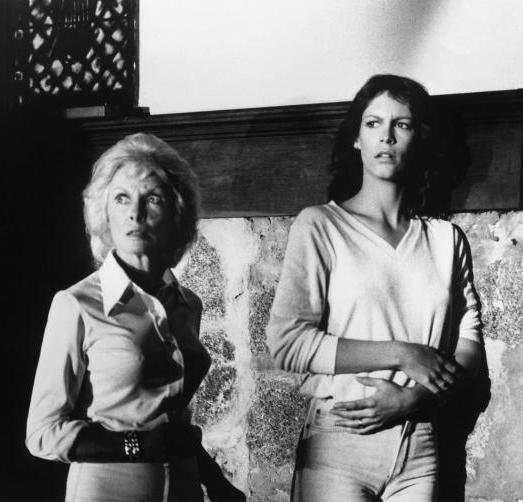 portant, as this is a film that relies on careful manipulation of imagery to construct sequences and also uses editing to create a tempo, often through the cross-cutting of different sequences. Carpenter's musical score works with the photography and editing to seal the mood, creating a sometimes meditative, sometimes driving rhythmic synthesizer soundscape that is practically a character in the film.Carpenter is also quite savvy in how he uses his cast to flesh out the storytelling. Barbeau shines as the Hawks-ian heroine, carrying several sequences alone at her radio station's mic as she conveys a real depth emotion to sell the scariness of the film's titular threat. Atkins and Curtis are charming as an unlikely couple, with Atkins providing a quietly macho presence and Curtis creating a quirky,
portant, as this is a film that relies on careful manipulation of imagery to construct sequences and also uses editing to create a tempo, often through the cross-cutting of different sequences. Carpenter's musical score works with the photography and editing to seal the mood, creating a sometimes meditative, sometimes driving rhythmic synthesizer soundscape that is practically a character in the film.Carpenter is also quite savvy in how he uses his cast to flesh out the storytelling. Barbeau shines as the Hawks-ian heroine, carrying several sequences alone at her radio station's mic as she conveys a real depth emotion to sell the scariness of the film's titular threat. Atkins and Curtis are charming as an unlikely couple, with Atkins providing a quietly macho presence and Curtis creating a quirky,  independent variation on the usual scream queen archetype. Holbrook lends some gravitas as he carries an important expositional scene midway through the film and Leigh shows a nice comedic sensibility in the early scenes as a go-getting town leader. Praise must also go to John Houseman, who is delightful sinister in a one-scene cameo as a townie: he tells a story about the town in an opening scene that perfectly sets the film's tone.Simply put, The Fog might not be the genre game-changer that Halloween was but it has a set of subtle strengths all its own. Carpenter's thorough craftsmanship makes this a very sturdy ghost story, with the kind of old-fashioned storytelling values that might make Howard Hawks himself smile.
independent variation on the usual scream queen archetype. Holbrook lends some gravitas as he carries an important expositional scene midway through the film and Leigh shows a nice comedic sensibility in the early scenes as a go-getting town leader. Praise must also go to John Houseman, who is delightful sinister in a one-scene cameo as a townie: he tells a story about the town in an opening scene that perfectly sets the film's tone.Simply put, The Fog might not be the genre game-changer that Halloween was but it has a set of subtle strengths all its own. Carpenter's thorough craftsmanship makes this a very sturdy ghost story, with the kind of old-fashioned storytelling values that might make Howard Hawks himself smile.


